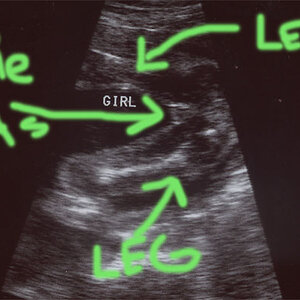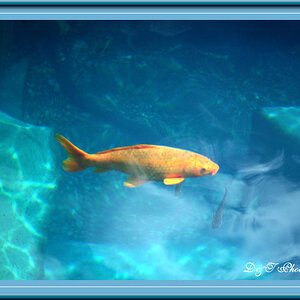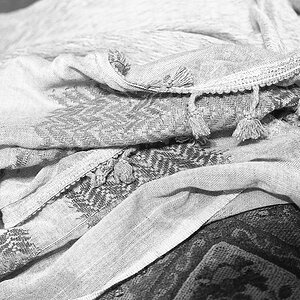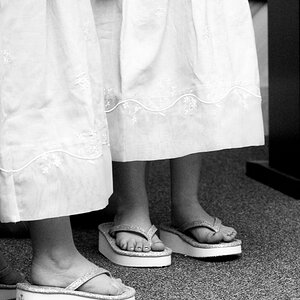schumionbike
TPF Noob!
- Joined
- Mar 9, 2007
- Messages
- 1,083
- Reaction score
- 0
- Location
- Houston, Texas
- Can others edit my Photos
- Photos OK to edit
Hey everyone, I was wondering what the minimum dpi that you would print at if you have a fairly sharp image? I know most printer say that a minimum should be 100dpi but that seem quite low, anyone ever try it? I recently print an 11x14 from a 7 megapixel camera which would give it 212 dpi. The picture came out very well, not complaint from me. I wonder if I can print it at 16x20 safely which would give it around 150 dpi.




![[No title]](/data/xfmg/thumbnail/37/37604-7ad625e983f92f880eb65a264eeef5e4.jpg?1619738148)
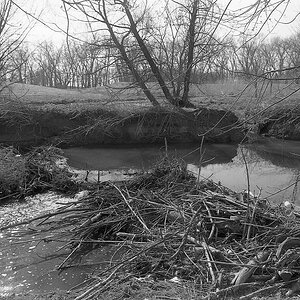


![[No title]](/data/xfmg/thumbnail/37/37603-739c5d9b541a083a12f2f30e45ca2b7b.jpg?1619738147)

